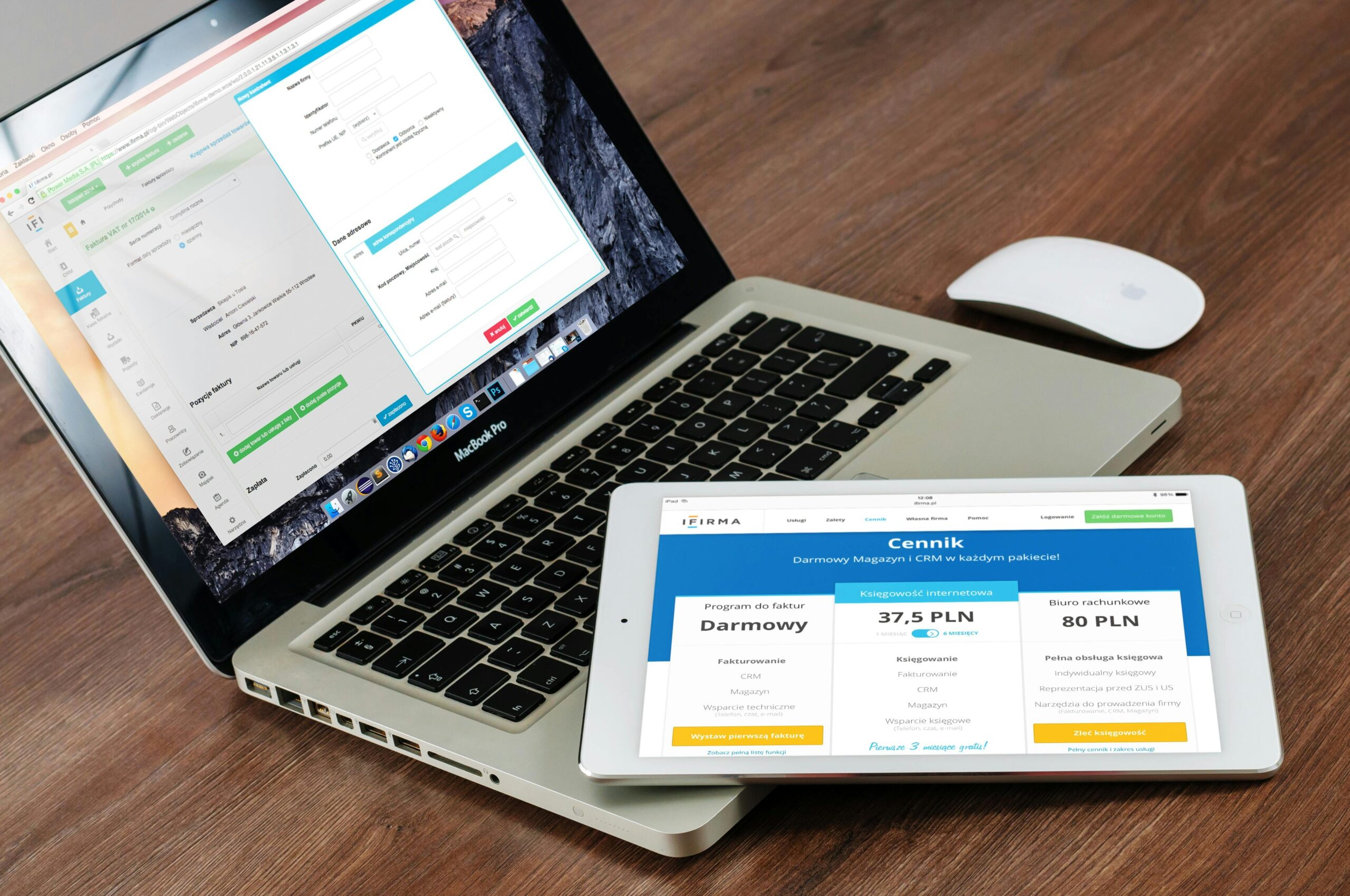WordPress is a very powerful web development platform, but even long-time users can make mistakes that slow down performance and compromise security. Anticipating the most common mistakes can help you to design a more effective and secure site. Here are some frequent WordPress mistakes and how to avoid them.
1. Failure to Update Frequently
The most serious mistake is often the failure to update core WordPress, themes, or plugins. Outdated software can easily create security vulnerability or incompatibility. Therefore, when enabled, activate automatic updates and always check in your dashboard for updates. Get into the habit of checking every one of your site’s component parts to make sure that all things are up to date.
2. Weak Passwords
Weak passwords are an open invitation to hackers. Many users opt for easily memorable passwords but compromise on security. Avoid this mistake by changing all your WordPress site-related account passwords to strong, unique passwords. You can even consider using a password manager to generate and keep complex store passwords.
3. Not Backing Up Your Site
Failure to carry out routine backups leads to the loss of useful content, especially after a hack or server failure. Most users realize too late that this is an important activity. Avoid this by having a good backup solution in place. Use UpdraftPlus or BackupBuddy plugins to automate your backups and ensure copies are in multiple locations, such as cloud storage and an external hard drive.
4. Bad Choices in Hosting
The wrong hosting provider will definitely impact your website’s speed and security. Shared hosting is cost-effective but tends to generate problems with performance and downtimes. You can exclude the above dilemmas if you spend on a reputable hosting service that provides serious security matters and good support. Always do proper research and use managed WordPress hosting for proper performance.
5. Insulting SEO
SEO is one of the most significant factors for attracting visitors, but most do not concentrate on it. Less optimized sites fail to rank on search results pages, thus exposing them to less visibility. Avoid this by making use of SEO plugins such as Yoast SEO or Rank Math and optimize your content, thus focusing on keyword research, adding meta descriptions and alt text for images, etc to avail proper SEO to your website.
6. Overloading with Plugins
While they give functionality, the loading of too many plugins on your site will slow down the performance thereof and even create conflicts. A plugin for each request adds load times and makes your site insecure. So limit the number of plugins to use. Analyze each one to see whether you need it and when it causes severe performance issues, you can have a custom solution on that particular need
7. Failure to Optimize for Mobile
In the wake of rising mobile internet usage, not considering this factor might leave you disconnected from an important chunk of your audience. A non-responsive design increases the chances of higher bounce rates and lower engagement. Avoid this blunder by opting for a responsive theme and testing your site on various devices for a seamless experience.
8. Not Using Analytics
You won’t know whether it works or whether it doesn’t without tracking performance. A lot of users fail to set up analytics tools-well, that’s a waste of great insight. Don’t be among them by installing Google Analytics or similar tools for traffic and user behavior monitoring and conversion rates. Take the lessons from the data and make better decisions for your site.
This is important because knowing some common WordPress mistakes would help prevent creating an insecure, inefficient, and difficult-to-use website. Regular updates, strong passwords, reliable backups, quality hosting, effective SEO, sensible use of plugins, mobile optimization, and analytics are all part of a successful WordPress site. All this would only cut down your time for the protective measures, give greater user experience, and protect your online presence.
